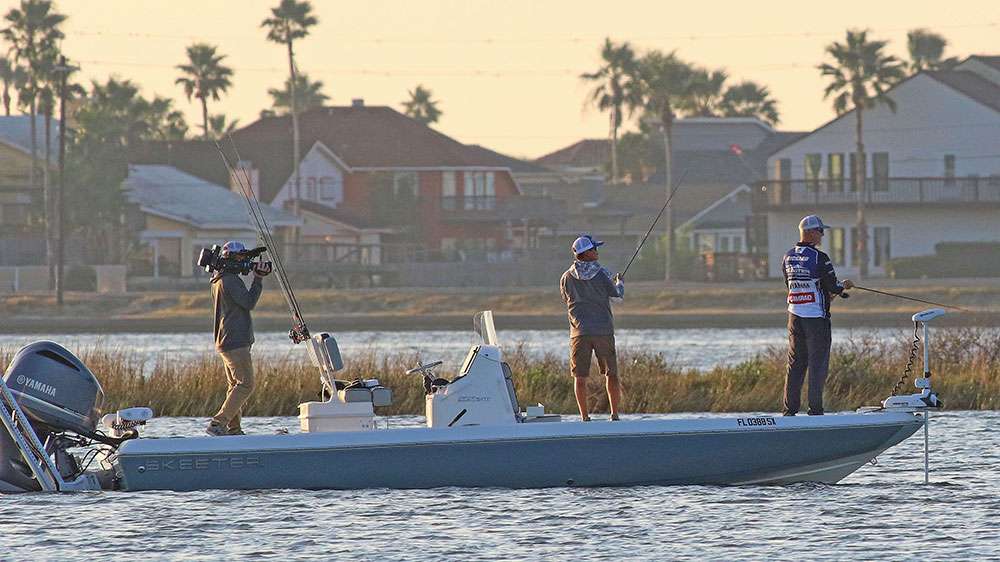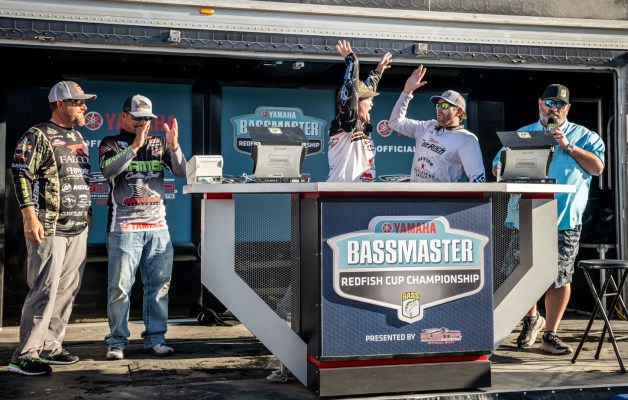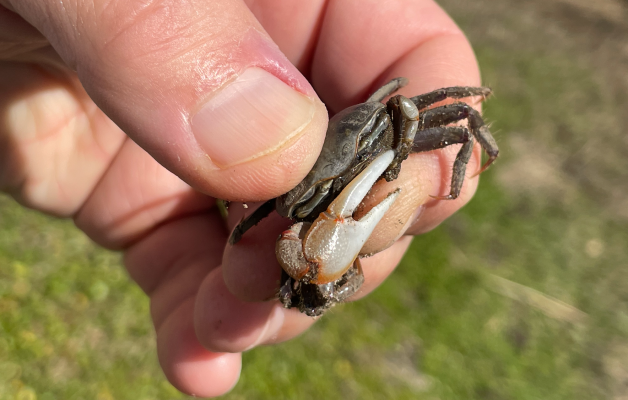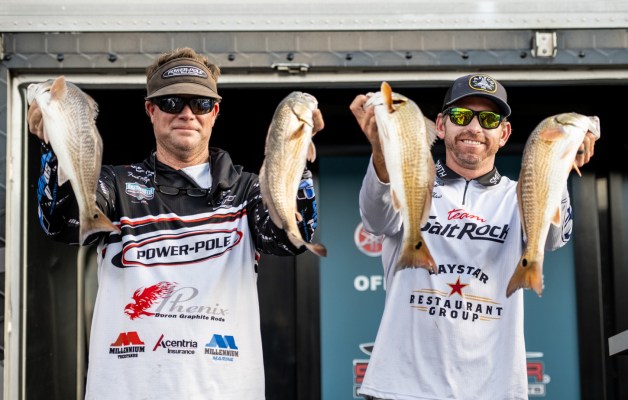
Similarities and differences; a comparison of redfish and bass tournaments reveals plenty of both. We find a lot of common ground with tackle and baits, but besides the obvious physical variances, one of the most significant contrasts comes from the daily limits.
While Bassmaster format allows an angler to weigh five bass a day, the 2022 Yamaha Bassmaster Redfish Cup Championship presented by Skeeter follows the industry standard of two fish per boat. Anglers are allowed to cull, but what they bring to the scale will be a fraction of what Texas allows anglers to harvest.
Anglers holding a Texas saltwater license can harvest three redfish (aka red drum) between 20 and 28 inches per day. As Mark Fisher, Coastal Fisheries Division Science Director for the Texas Parks and Wildlife Department explained, the lower end of this “slot” limit allows young reds time to reach a sub-adult level while the upper end protects the adult spawning population.
During a license year, an angler may harvest one redfish over the maximum length limit, provided they attach a completed Red Drum Tag to the fish’s tail (for possible inspection purposes). The free tag comes with a saltwater license purchase.
Texas also allows anglers to harvest a second oversized redfish during the license year with a Bonus Red Drum Tag, available on request from the TPWD. This bonus tag is also free.
Oversized redfish harvested with a Red Drum Tag or a Bonus Red Drum Tag may be harvested in addition to the daily bag limit.
Limit logic
As Tournament Director Hank Weldon explained, the tournament’s two-fish limit creates a true team environment.
“If we went to six fish per boat per day, the anglers would almost become two individual competitors, instead of a team, because if an angler catches three fish, they can only cull out the three that they caught — you couldn’t have your partner cull out a fish that you caught,” Weldon said. “This two-fish format keeps it clean and seamless. The anglers are able to cull as a team.”
Also, consider the numbers. Competitive fish in an event of this caliber will be in the 6 1/2- to 7-pound range, with a few copper tanks here and there. Packing a half dozen reds of this size would make for crowded livewells.
“With five bass, a big bag might weigh 25-30 pounds, but six big redfish could be (40-plus),” Weldon said. “That would be fun to see, but it would strain our fish care elements.”
Size for the prize
Bassmaster events require that each fish in a five-bass limit meet local size minimums. Some bass fisheries, like Lake Fork, also impose a maximum limit, but in the vast majority of instances, there’s no top-end on what bass tournament anglers can weigh.
Another difference; while redfish are commonly consumed, bass anglers — especially tournament competitors — opt for recreational live release. When keeping bass for the table, fish on the smaller end of the legal size typically offer better table fare, while larger bass are rarely eaten.
Smaller redfish also offer better food quality, but the species retains its table fare appeal well into the larger sizes.
In fact, when the blackened redfish craze of the 1980s decimated Gulf stocks, the commercial overfishing mostly targeted offshore schools of mature oversized reds. A moratorium on redfish harvest in federal waters (past 9 nautical miles from the Texas coastline) remains in effect.
“We implemented the 20- to 28-inch slot with a three-fish bag limit back in 1988,” Fisher said. “We were rebuilding the red drum population after banning gill nets.
“Since then, we have attempted twice to eliminate the upper 28-inch slot limit and let anglers keep fish 20 inches or larger, but there was so much public outcry against it, we let it remain in place. The Red Drum Tag was the compromise.”





